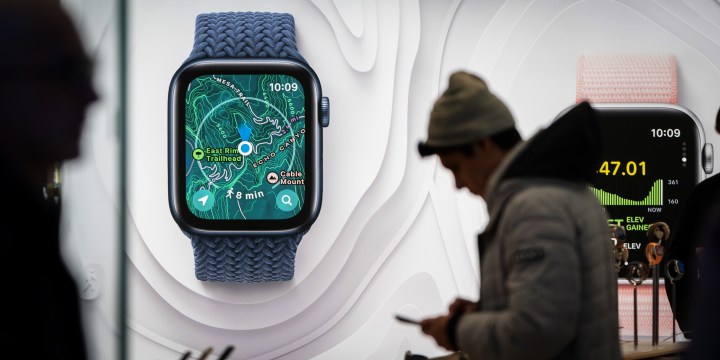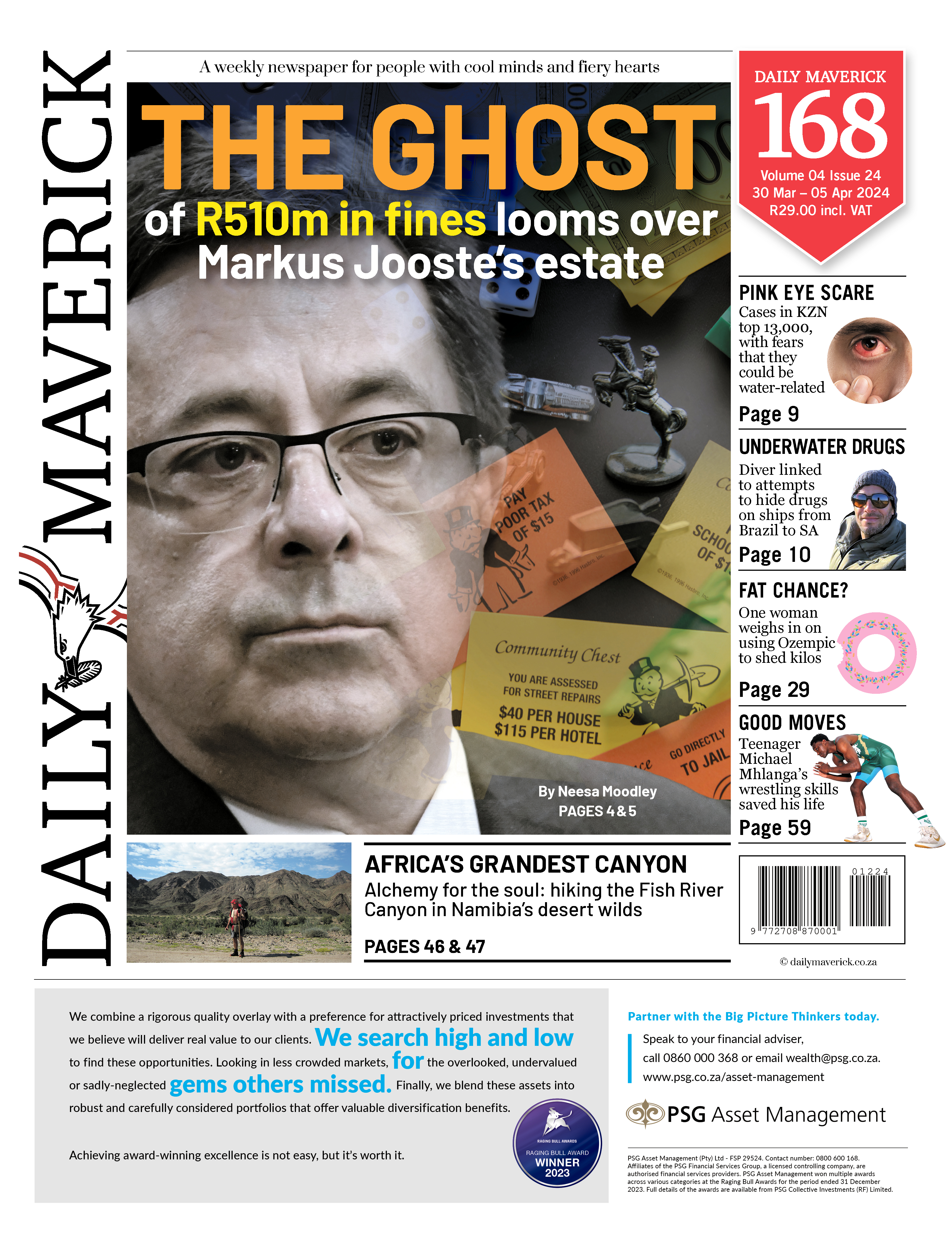SCREEN TECH
Apple steps back from in-house microLED display production for smartwatches as costs soar

Apple is winding down a long-running project to design and develop its own smartwatch displays, putting an end to another pricey research and development initiative.
In recent weeks, Apple has ceased an in-house effort to create screens with microLED technology, according to people with knowledge of the matter.
The displays, which featured brighter and more vibrant visuals, would have been added to a future version of the Apple Watch, before potentially going into other products.
But the cost and complexity of the effort ultimately proved too great.
So Apple is now reorganising the teams that handle display engineering and eliminating several dozen roles in the US and Asia, said the people, who asked not to be identified.
The move to shut down the project came around the same time as the company’s decision to cancel work on a self-driving car.
In both cases, Apple is giving at least some affected employees the opportunity to find other roles in the company.
If they can’t get new jobs – a likely scenario for some of them – the workers will be laid off and given severance packages. An Apple spokesperson declined to comment.
The display project was part of a broader push by Apple to design more of its technology in-house.
Though the company already customises the displays in its products, they are heavily based on designs from partners such as LG and Samsung.
By bringing more of that process inside Apple, the company had hoped to gain an edge over competitors.
It also saw promise in microLED, which is made from millions of microscopic light-emitting diodes, and wanted to take a key role in developing the technology.
It uses less power, reproduces colours more accurately and allows for thinner devices.
The effort kicked off about seven years ago within Apple’s hardware engineering organisation. It was later shifted to Wei Chen, who runs Apple’s display group. The project – codenamed T159 – was then relocated to Apple’s hardware technologies division a few years ago.
Apple even built its own screen manufacturing facility in Santa Clara, California, near its Cupertino headquarters, where hundreds of employees could test the production of microLED screens.
Many of the job cuts involve people at that site – along with Apple display engineering centres in Asia near the company’s supply-chain hubs.
A visit to the facility in Santa Clara showed that the building was still operational, with cars in the parking lot and a small number of employees entering and leaving the building.
When Apple hatched the microLED plan years ago, it saw the technology as a successor to the current standard: organic LED screens, or OLEDs. It expected to eventually push microLEDs into all of its products, from Apple Watches to iPhones and Macs.
In 2018, the company believed it was capable of bringing the screens to the Apple Watch as early as 2020. That timeline ended up getting delayed until 2024, and then 2025 and beyond.
The situation was similar to Apple’s work on the autonomous electric car, whose release was postponed several times.
For all their benefits, microLED screens were difficult to produce in sufficient quantities. Manufacturing them required cutting-edge technology and a complicated process called LED transfers – the placing of pixels in the display.
Though Apple owned the design and manufacturing process for the microLED screens, it enlisted a number of partners to handle mass production and tasks such as LED transfers.
News of a shift in the project emerged in recent weeks, when suppliers announced that they were losing microLED-related contracts. They included the Austrian company AMS-Osram, which said the cancellation would force it to cut jobs, potentially sell a manufacturing plant and record a writedown that could approach $1-billion.
For now, Apple believes that OLED is the best solution for its smartwatch. But it is still eyeing microLED for other projects down the road, the people said.
The company is identifying potential new suppliers and processes that could make the technology a reality in its devices, though that probably won’t happen any time soon. Bloomberg/DM
This story first appeared in our weekly Daily Maverick 168 newspaper, which is available countrywide for R29.




















Comments - Please login in order to comment.